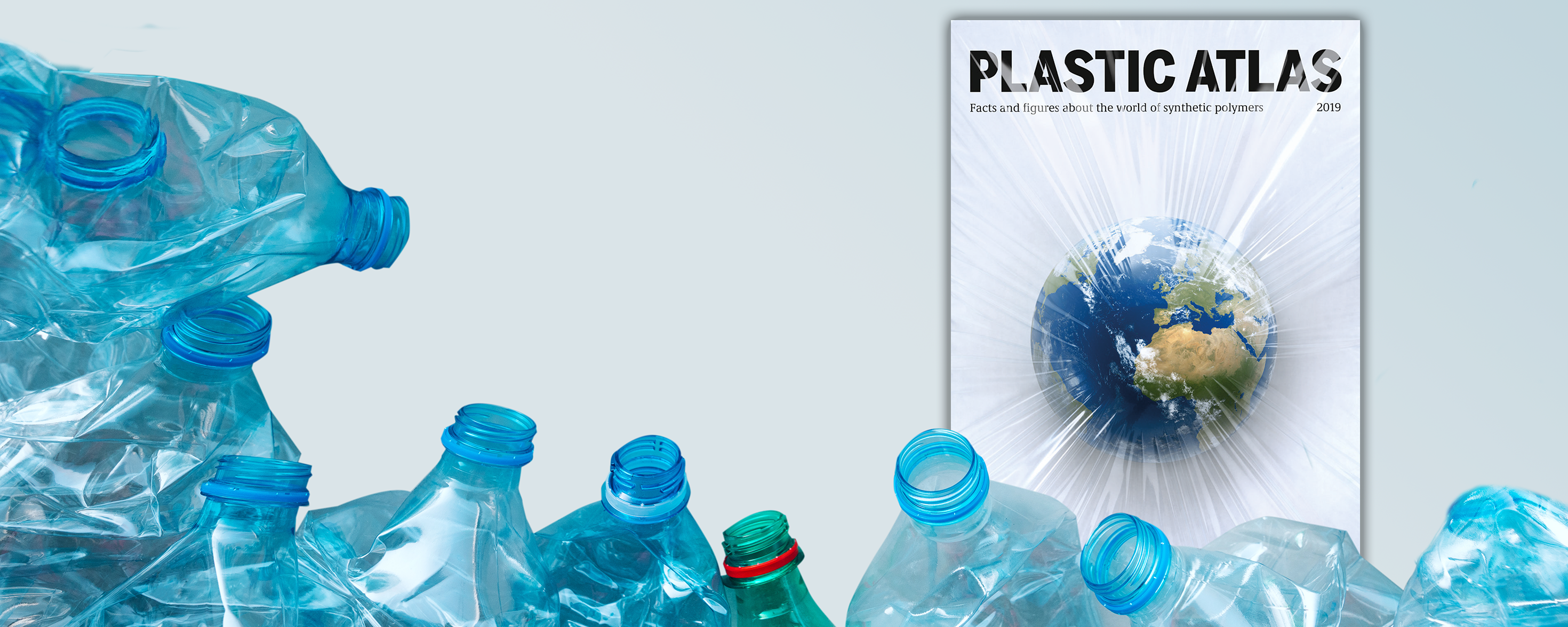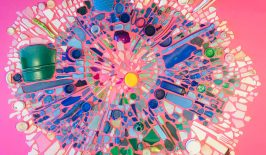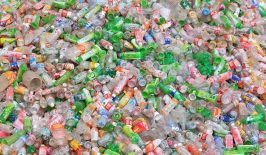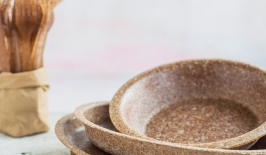It’s a vicious cycle. Awareness of the negative consequences of plastic has grown in recent years – the EU is even set to bring in a ban on certain one-use plastics starting n 2021. But there’s still an unbroken boom in plastic production. The problem: 99 percent of plastic is produced from fossil fuels and the climate-damaging emissions released in the process are enormous. And since the 1950s, only nine percent of all discarded plastic has been recycled. We have flooded our planet with the vast majority of the rest of it – and huge amounts of our plastic waste are still sent to rubbish dumps in Asia every day.
Even though many environmental organisations have been pointing out the problem for decades, the huge footprint of our “plastics world” seems to be only now becoming apparent. If we’re really going to be able to turn around our plastic habit and make a real change, we need a thorough understanding of the causes, responsible parties and the effects of the plastics crisis. This is exactly where the Heinrich Böll Foundation’s Plastics Atlas in (developed in cooperation with BUND) comes in.
In 19 chapters, vividly illustrated with huge amounts of infographics, it looks at all stages in the life cycle of plastic products, starting with production, through use, to disposal. How did it cheap plastic come to conquer the world? What does plastic do in our bodies and why do women and men react differently? Why is plastic not only an environmental problem but also a climate problem? What is the life cycle assessment of bioplastics? And above all: how can we do without it? The Plastic Atlas looks at all this, and more.
At the end of the day, one thing is clear: while we as consumers are of course involved in our society’s excessive form of plastic consumption (key phrase here, “throwaway mentality”), really far-reaching changes can only be achieved if changes are made elsewhere – on the level of international companies.
Plastic production is a branch of the gigantic petrochemical industry. Only a few dozen companies manufacture the majority of the products and only a handful of multinational corporations dominate the market for plastic pellets, the raw form of plastics. And these companies have a strong lobby that is well organised to ensure that the growing production of plastics is not seen as a problem. Instead, they focus on waste management and recycling, thus shirking responsibility.
As a result, there are a large number of agreements and initiatives that aim to reduce the growing flood of plastic waste. But almost all of them look only with waste disposal and leave the manufacturers out in the cold. Binding regulations obliging manufacturers to reduce production or develop recycling-friendly products are still few and far between.
How can we put an end to this vicious cycle?
Consumers have the power to set an example, and build up pressure on companies and policymakers with their purchasing power. That’s the only way to put the plastics crisis on the political agenda. If you want even some tips on how to avoid plastics in everyday life, you might find this link useful.
But to achieve real change, governments around the world must adopt new regulations, and pressure the big players in the plastics business to abide by them. The real power is held, as the Plastic Atlas shows, by a tiny handful of international corporations.
You can read the whole Plastic Atlas and download the pdf here.








